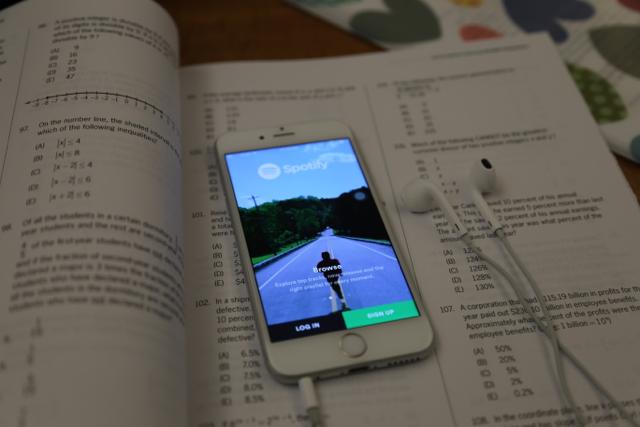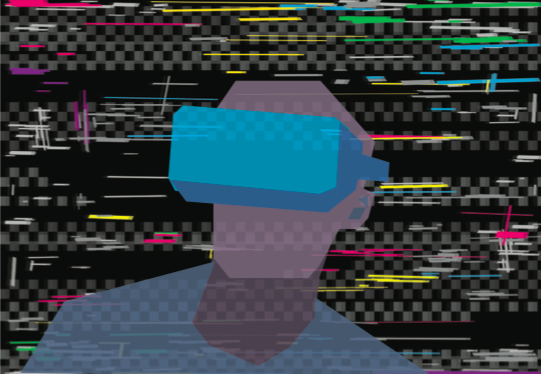
Since the company’s start in 2008, Spotify has redefined and enhanced the music industry, developing it into an interactive community.
It has pushed beyond the boundaries of simply sharing music with users like other digital music providers like Pandora do.
With over 232 million users and 108 million subscribers, Spotify has transformed music into a globalized, interactive experience. Users prefer Spotify because it allows them to link their accounts to Facebook, follow other users, artists and playlists as well as customize their playlist descriptions and covers. With these features, Spotify has bridged the gap between music and social media.
In doing so, it has brought artists and listeners together to promote self-awareness in a musical sense. Users become more aware of their listening patterns through the automatic generation of music suggestions as well as become more exposed to genres and types of music they may not have listened to otherwise.
Spotify is able to create a sense of individuality for users while maintaining features of social media by modifying the flaws of mainstream social media. Unlike Twitter and Instagram, there are no likes involved which makes Spotify unique and less competitive.
There is no pressure to gain a certain number of followers nor to feel obligated to compare music taste, compared to other social platforms where users feel pressed to have a lot of likes. It encourages user interaction without losing the feeling of individualism and personal connection that comes with buying and listening to music from a more traditional medium like iTunes.
Many features within the app allow users to celebrate their unique tastes in music.
“Daily Mix” playlists are generated and updated on a daily basis, and they create up to six infinite playlists where each song is unique to a specific genre within the listener’s current favorites.
Spotify also allows its users to reflect on how their music preferences have changed throughout the year. At the end of each year, Spotify generates a “Your Year Wrapped” playlist that provides a synopsis of each user’s listening habits.
Spotify enables users to branch outside of their music preferences with other users by generating a “Tastebreaker” playlist that is filled with songs that lie outside one’s listening tendencies.
As of Aug. 19, Spotify generates the “Family Mix” playlist for members on a Family Plan, a discounted subscription program for families that automatically fuses the most-listened-to songs from each user. Members can toggle between different playlists like “chill” and “happy,” depending on the user’s mood. Parents can even block explicit songs.
These are just a handful of examples of how interactive listening to music has developed with the help of Spotify. The intricacy of each feature is amazing, and it’s constantly evolving, which keeps subscribers interested and involved in the app.
The Spotify community is a balance between a social media platform and a place to explore one’s own music taste. Users can take part in a community by sharing music and viewing other’s listening patterns while simultaneously enjoying a personal music experience. By creating this environment, Spotify preserves the social culture of music.






